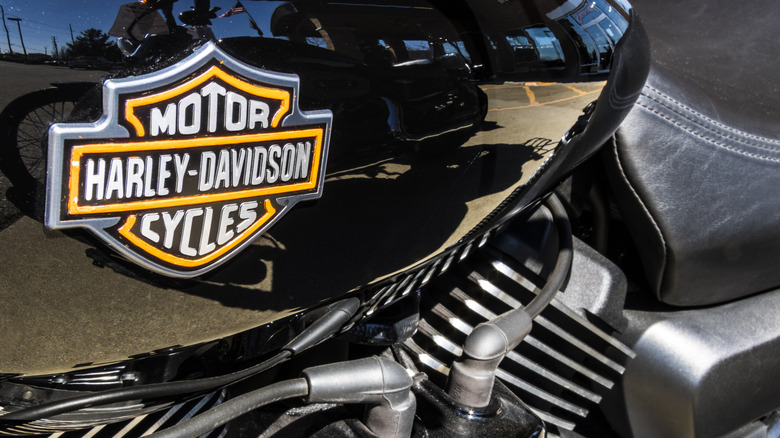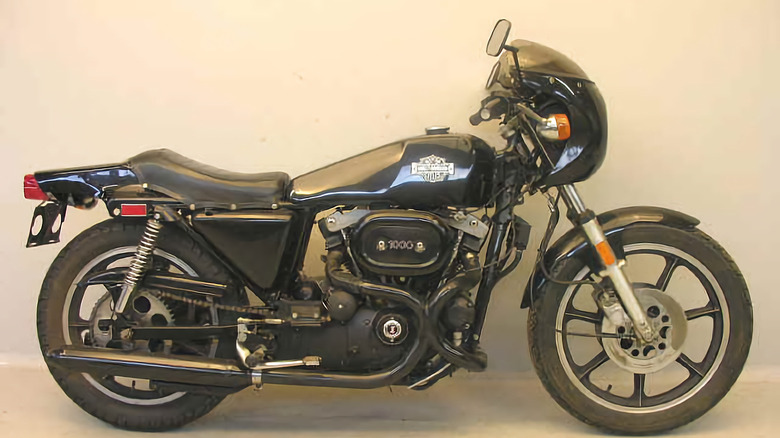Here's What Made The Harley-Davidson XLCR So Special
Modern motorcycle lovers, even those without much time for Harley-Davidson, widely regard the XLCR as a stone-cold two-wheeled classic. The '70s cafe racer was so good that biker lore has it the model was never even meant for mass use; Willie G. Davidson himself hacked the XLCR out of the larger, more classically "Harley" XLCH as his personal street bike, or so the story goes.
There's a degree of irony to that. The XLCR may have been Davidson's masterpiece, but it failed to turn heads or open wallets in its day. Manufactured from 1977 to 1979, fewer than 4,000 XLCRs were ever built. American riders generally looked upon it with scorn, favoring cheaper, zippier Japanese models that, per many observers, Harley was trying and failing to imitate.
These days, however, the XLCR has completely reversed its rep, with glowing articles and major auction prices to prove it. Mecum Auctions lavishes praise on the design, which is fair enough, given that the highly collectible bike routinely sells for six or seven times its $3,595 debut price. What changed? How did the XLCR go from lackluster to legendary over the course of four decades?
The cafe racer paved the way for more popular models
In short, bikers grew up. As The New York Times rightly reports, serious motorcyclists found a new appreciation for old-school sportsters as the old tribal allegiances to Harley muscle or UJM pickup broke down. Taken in context, the XLCR wasn't a bad UJM knockoff; it was a brilliant, ground-up cafe racer.
At first glance, that should seem painfully obvious. It was a small, simple, stripped-down bike that made its 69 horsepower deliver fearsome acceleration and turning speed. On its debut, however, a Harley cafe racer seemed crazier than a gazpacho sandwich. Harley made big muscle for big money. Japanese makers like Suzuki and Kawasaki made tiny bikes with high-pitched voices, astonishing acceleration, and bones made of plastic. It was known.
Like most things that are "known," that was of course dead wrong. Harley had delivered a fast, responsive, stripped-back sport bike that anticipated brilliant American sportsters like Cleveland Cyclewerks's Ace line and the Indian FTR by the best part of 40 years. The XLCR may not have brought in massive profits, but it's the foundation for a whole marketplace of lethal American street bikes.
[Featured image by Piero via Wikimedia Commons | Cropped and scaled | CC BY-SA 3.0]

